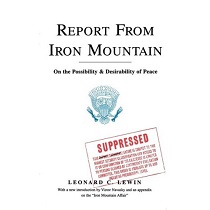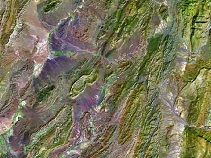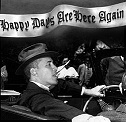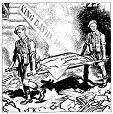Systemic Washington-Sanctioned Fraud

It's the American way. More for the rich. Crumbs for the rest, and fraud as a way of life since the republic's beginning, though hardly on today's scale. Perhaps the first prominent example was in 1792, involving former Assistant Treasury Secretary William Duer. Appointed by Alexander Hamilton in 1789, he left a year later to profit from insider trading, or so he hoped.
At the time, US bonds were junk paper. The market for them was volatile, so profiting meant being savvy enough or tipped off in advance to buy or sell ahead of news. As a former Treasury official, Duer had insider information. Using leverage, it paid handsomely for a while until too much money caused a speculative glut, an earlier type bubble that took down much of the New York Stock Exchange when it burst, Duer with it.
Way over his head in debt, he, nonetheless, hung on, expecting to beat the market but failed. Instead of getting richer, he went bankrupt, ended up in debtors prison, and Alexander Hamilton had to buy worthless bonds as the lender of last resort. Sound familiar?
In 1795, Georgia sold 35 million acres of western land to four companies for half a million dollars, less than two cents an acre in one of America's most corrupt ever deals. By taking bribes for their votes, every member of the legislature, except one, profited, but not for long. Voters caught on, tossing them out next election. The fraudulent contract was annulled. In 1802, the federal government bought the land for $1,250,000, but it didn't end there. The Supreme Court got involved, ruling the original deal, though flawed, was legal, forcing Congress to award the claimants over $4 million.
Corruption and fraud flourished during the Civil War in the form of tainted beef and pork, shoddy blankets and uniforms, knapsacks coming unglued in the rain, guns that blew off soldiers' fingers when firing them, and much more, war profiteers benefitting handsomely.




























